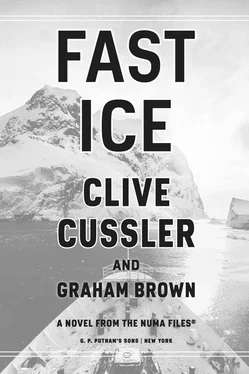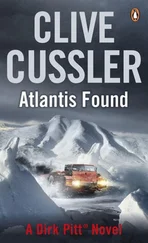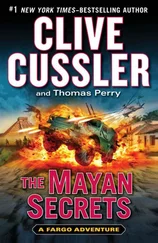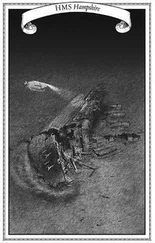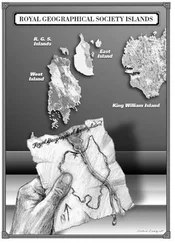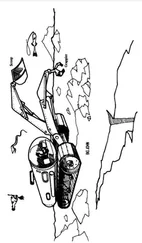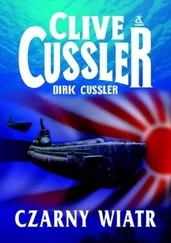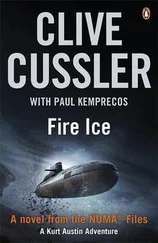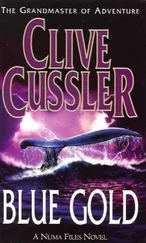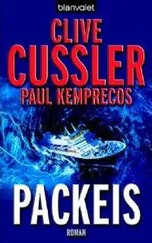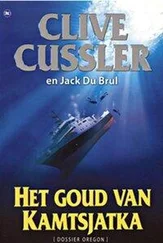CORA EMMERSON—Climate expert and microbiologist, also a former member of NUMA (National Underwater and Marine Agency)
ALEC LASKEY—Captain of the Grishka, a forty-year-old polar research vessel
National Underwater and Marine Agency (NUMA)
KURT AUSTIN—Director of Special Projects, salvage expert, world-class diver, and boating enthusiast
JOE ZAVALA—Kurt’s assistant and closest friend, helicopter pilot, and mechanical genius
RUDI GUNN—Assistant Director of NUMA, graduate of the Naval Academy, runs most of the day-to-day operations at NUMA
HIRAM YAEGER—NUMA’s Director of Technology, designed and runs their most powerful computers and processing systems
PAUL TROUT—NUMA’s chief geologist, graduate of Scripps Institute, married to Gamay
GAMAY TROUT—NUMA’s leading marine biologist, also graduated from Scripps
ST. JULIEN PERLMUTTER—World-class historian and gourmet cook, keeps a large collection of rare nautical books and charts in his home
LEE GARLAND—Director of Remote Sensing and Communications, known as a satellite wrangler
South Africa—Limpopo Province
YVONNE LLOYD—Environmentalist and microbiologist studying ancient bacteria, part of Cora Emmerson’s expedition on the Grishka
RYLAND LLOYD—Yvonne’s older brother, CEO of Mata Petroleum, caught up in a continuing feud with his sister
ZHAO LIANG—Owner of Liang Shipping, a large tanker operation, associate of Ryland Lloyd
SERGEI NOVIKOV—Russian construction magnate, builder of ports and shipping terminals, also an associate of Ryland Lloyd
EILEEN TUNSTALL —Canadian industrialist, her company builds turbines and pipeline equipment, also an associate of Ryland Lloyd
South Africa—Johannesburg
LEANDRA NDIMI—NUMA liaison officer in South Africa and a friend of Rudi’s
PROFESSOR NOAH WATSON—Microbiologist at the University of Johannesburg
LIEUTENANT CLARENCE ZAMA—Special-operations commander in the South African Navy
Europe
MATTHIAS RÄIKKÖNEN—Director of Research at the European Ice Core Depository in Helsinki
ANDREA BAUER—Lead curator at the Berlin Document Center
P-8 Poseidon Flight Crew
COMMANDER WALTER HANSEN—Commander of P-8 Poseidon aircraft code-named Hermes 51
LIEUTENANT REBECCA COLLIER—Reconnaissance Systems Operator on Hermes 51
PROLOGUE THE BOTTOM OF THE WORLD
TERRA AUSTRALIS (ANTARCTICA)
JANUARY 1939
The droning of aircraft propellers echoed across the stark winter landscape. It caromed off snowfields and along rivers of ice, a reverberating hum never heard before in this part of Antarctica.
A colony of emperor penguins nesting on the land below caught wind of the noise. They looked skyward for the cause of the disturbance, turning their heads in unison. Finding the source, they watched in rapt curiosity as a large gray “bird” lumbered across the sky.
That bird was a Dornier flying boat. An all-metal silver aircraft with a registration number painted in large block letters. It boasted a high-mounted wing and two powerful radial engines arranged sequentially along the centerline of the fuselage—one engine pulled the plane forward while the second pushed it from behind.
Those who flew this model of the Dornier called it The Whale , mostly because of its great size, but also because the plane’s ribbed sheet metal resembled the distinctly folded blubber on the underside of many ocean-dwelling leviathans.
Inside the aircraft, a middle-aged pilot sat at the controls. He had brown eyes and graying hair, but with a thick growth of dark stubble on his face. He wore a buttonless blue jacket known as a Fliegerbluse. A captain’s badge on the collar indicated his rank, while an eagle grasping a swastika on his breast identified him as a Luftwaffe pilot. A temporary name tag, only recently sewn onto the Fliegerbluse, gave his name as Jurgenson .
Tilting the wings and glancing down at the penguins through the heated cockpit glass, Jurgenson marveled at how the birds lined themselves up in near-perfect rows.
“Kleine Soldaten,” he said in German . Little soldiers.
The copilot laughed and then pointed to something else. “Blaues Wasser,” he said. Blue water. “It must be another lake. That makes three in the last fifty kilometers, all along the same line.”
Jurgenson turned his attention to the lake up ahead. He saw a long, narrow stretch of aquamarine water shimmering in the sun. The color was intense, standing out like a sapphire in the endless field of white snow.
“This one’s larger than the others.” He pressed the intercom button. “Navigator, I need a position report.”
From deeper inside the plane, the navigator responded with the current latitude and longitude, adding, “We’re nearing the two-hundred-kilometer waypoint. Time to perform our duty for the Reich.”
Jurgenson rolled his eyes and exchanged a knowing glance with the copilot. They were officially here as explorers, photographing large swaths of the unexplored continent, but in 1939 exploring unknown lands meant claiming them for King and Country—or, in this case, for Führer and Fatherland.
To press that claim, they were required by the high command to deposit evidence of their journey every fifty kilometers. That meant dropping weighted markers through the cargo door of the plane and hoping they would land in the ice like flags.
The markers were three feet long, made of steel and shaped like arrows. They were weighted in the nose, designed to fall like spears and embed themselves in the snow and ice. If all went well, they would remain erect, proudly displaying the swastikas emblazoned on their tails.
Jurgenson found the exercise a ridiculous waste of time. As far as he could tell, the arrows either fell down upon impact or plunged so deeply that they’d vanished from sight.
Jurgenson made a quick decision and pressed the intercom button. “Our true duty to the Reich is to find things of value. Liquefied snow and ice suggest geothermal heat, which shall be of tremendous use should the high command decide to build a base here. Strap yourself in. We’re turning back for a landing.”
With the intercom silent, Jurgenson addressed the copilot. “Contact the Bremerhaven. Tell them we’re landing.”
As the copilot reported back to the freighter they’d launched from, Jurgenson adjusted the controls and put the Dornier into a slow, descending turn. He passed over the lake once, eyeing it for rocks or obstructions, and then set up for the landing. On the approach, he lowered the flaps and feathered the throttle.
There was no wind to speak of, which made things easy. The Dornier touched down at one end of the narrow lake, splitting the calm water in two and carving a long, thin wake down the middle.
The drag of the water reduced the plane’s speed as effectively as any brakes and the big craft was soon coasting along like a heavily laden boat. Jurgenson maneuvered the craft using the pedals at his feet that were attached to a small rudder under the plane’s keel. As the speed dropped further, he added some power, turned the plane to the right and then shut the engines down.
Читать дальше
